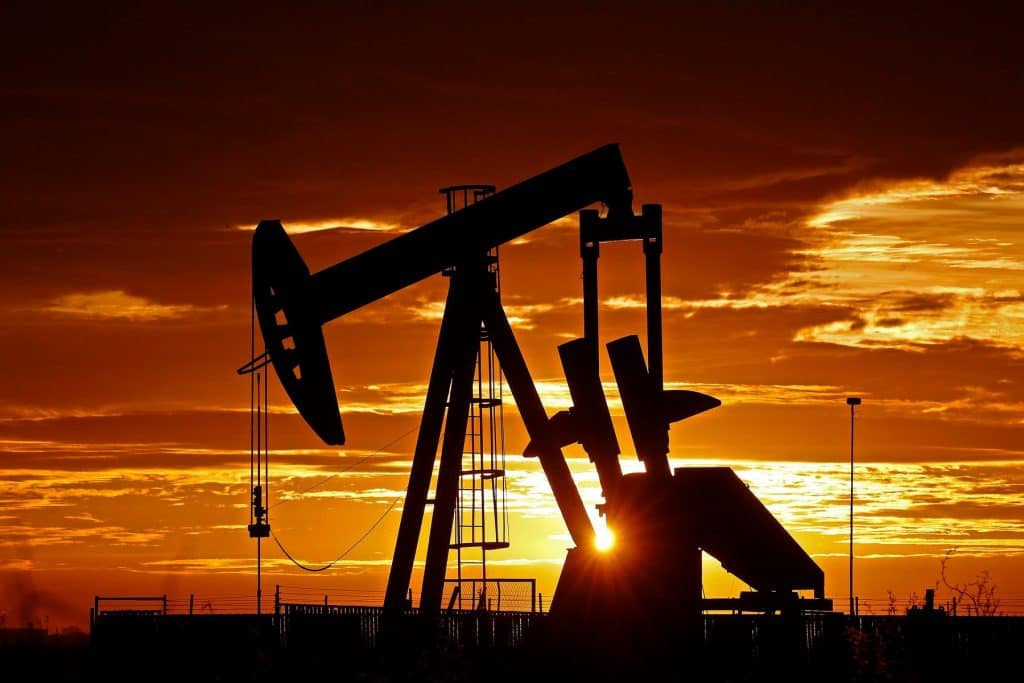
Speculators have been selling oil over the past two weeks as prices continue higher and the appetite for profit-taking increases. How long it will last is anyone’s guess, but it might intensify this week.
Oil prices began rising last November when the first news about vaccine safety and efficacy emerged. Then, oil prices experienced a series of small dips. After that, it’s been mostly smooth sailing since January, thanks to the mass rollout of vaccinations that are expected to boost oil demand soon.
In addition to the vaccinations, however, OPEC+ continued to keep a cap on its production, with Saudi Arabia taking on a unilateral cut of 1 million bpd in addition to its OPEC+ quota. The cuts have been effective, as production cuts tend to be, reducing global stocks of crude oil.
As a result of these developments, more people began talking about a rebalancing market and the possibility of an oil shortage—something that would have been a ridiculous idea just a year ago. But expectations of a tighter oil market have been strong and have pushed oil prices higher. Most recently, benchmark contracts also got a boost from a series of attacks by the Yemeni Houthi rebels against Saudi oil infrastructure.
Earlier this week, Brent crude topped $70 for the first time in 14 months, according to the Financial Times, albeit only briefly, soon after media reported the attacks. Even though Riyadh said there was no serious damage and no loss of production due to the attack, traders reacted as they always do on the news of an attack on Saudi oil infrastructure: they started buying oil, pushing the price higher.
According to Reuters’ John Kemp, institutional traders have been selling oil for the past two weeks, however. Some of that was prompted by profit-taking, and some was the result of betting on a future price drop. Yet the profit-taking has been moderate: Kemp reports that funds sold a total of 20 million barrels across the six most traded futures and options on oil and oil productions. This compares with a weekly buying rate of 36.53 million barrels over the previous 15 weeks.
The latest reports on oil price movements, however, suggest this particular boost to prices will not be an enduring one. Prices are already down after they touched their multi-month highs, pressured by a stronger U.S. dollar and the fact that the Houthi attack on Aramco’s infrastructure did not affect production.
The greenback jumped this week after the Senate granted preliminary approval of the $1.9-trillion stimulus bill proposed by President Joe Biden, and final approval is expected this week, possibly as early as today. The stimulus package is one of the factors analysts have been pointing to as crucial for the recovery in oil demand in the world’s biggest consumer.
That package, together with the OPEC+ cuts, could hypothetically push prices even higher—closer to the $80-per-barrel that Saudi Arabia needs to balance its budget—but for now this is only a hypothetical possibility. While the oil cartel has brushed off the competition of U.S. shale producers amid the pandemic, and while shale producers themselves have been careful about not jumping right back into output growth, this may change with prices of over $70 per barrel.
“Crude’s spike was a knee-jerk reaction to a shocking OPEC+ decision,” Vandana Hari, founder of Vanda Insights, told Bloomberg earlier this week. Yet “the kingdom might be pushing its luck if it pursues the hawkish path for too long.”
Headwinds outside of OPEC+ and shale drillers remain, too. In the United States, for example, a number of medical experts have been warning states to not rush into relaxing their movement restrictions amid a surge in new variant infections with the coronavirus. In Europe, the new variants are marching across countries, lifting new infection rates yet again. This heightens the uncertainty in the outlook for oil demand, and uncertainty in turn leads to heightened price volatility. The message continues to be “Expect the unexpected.”





























